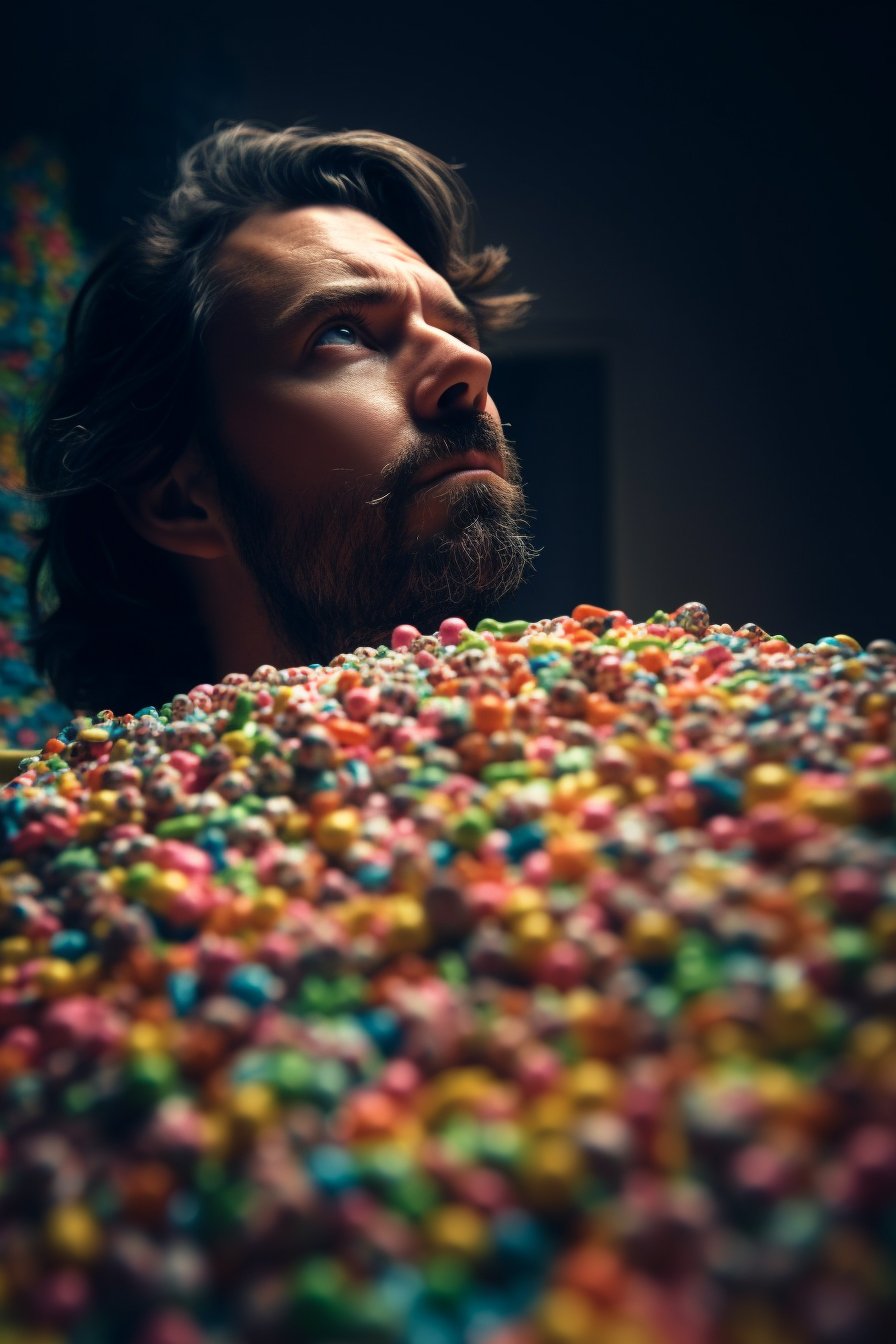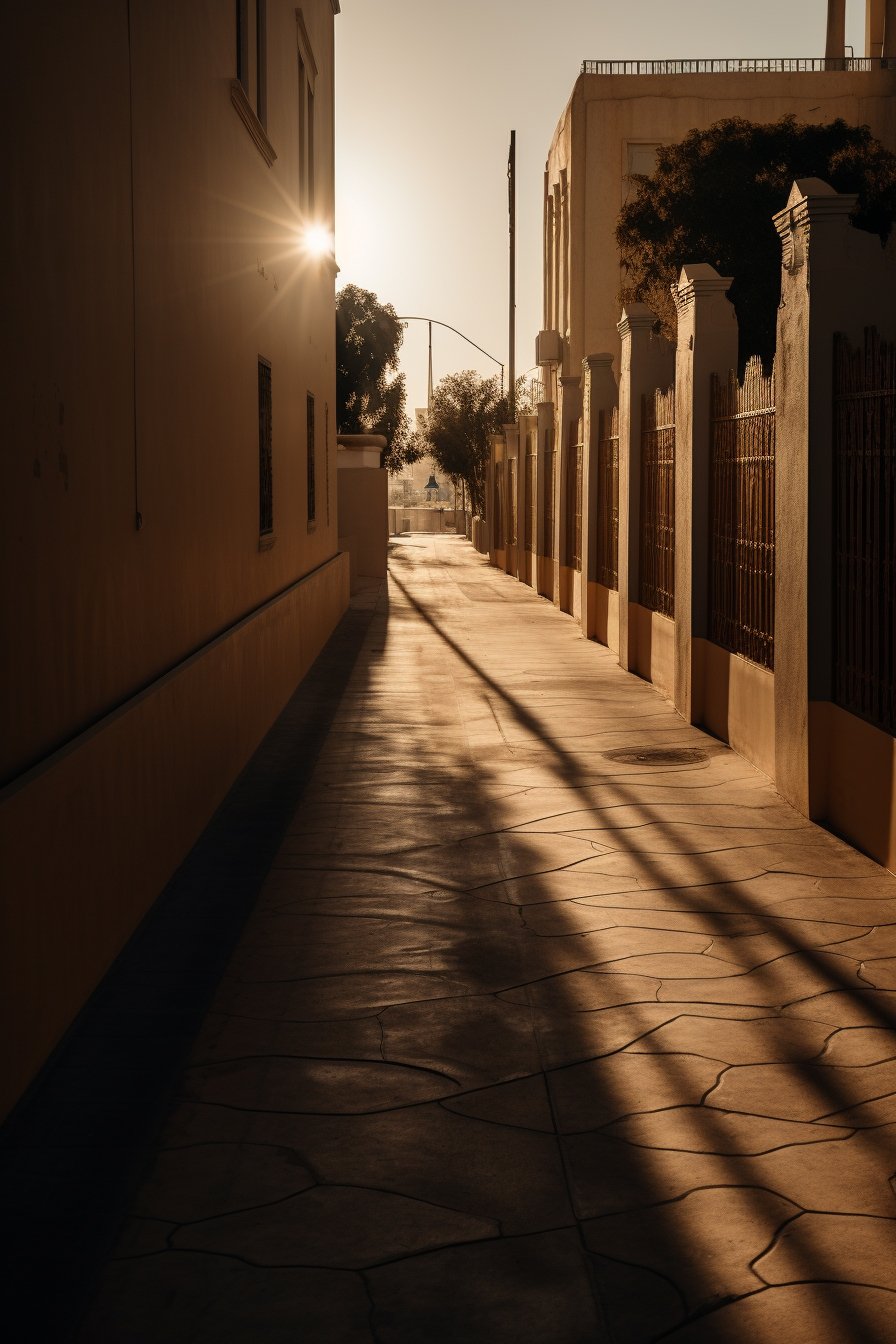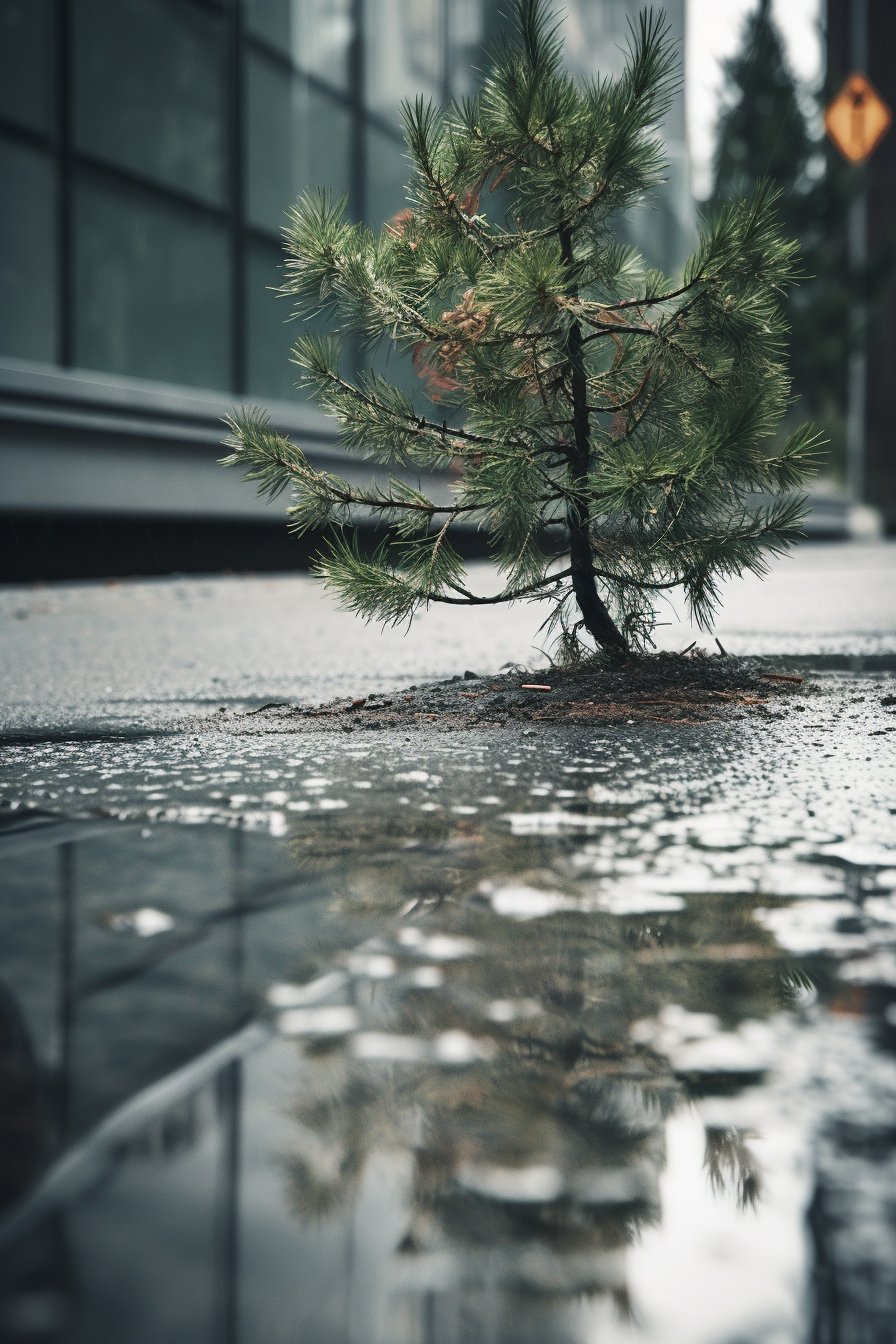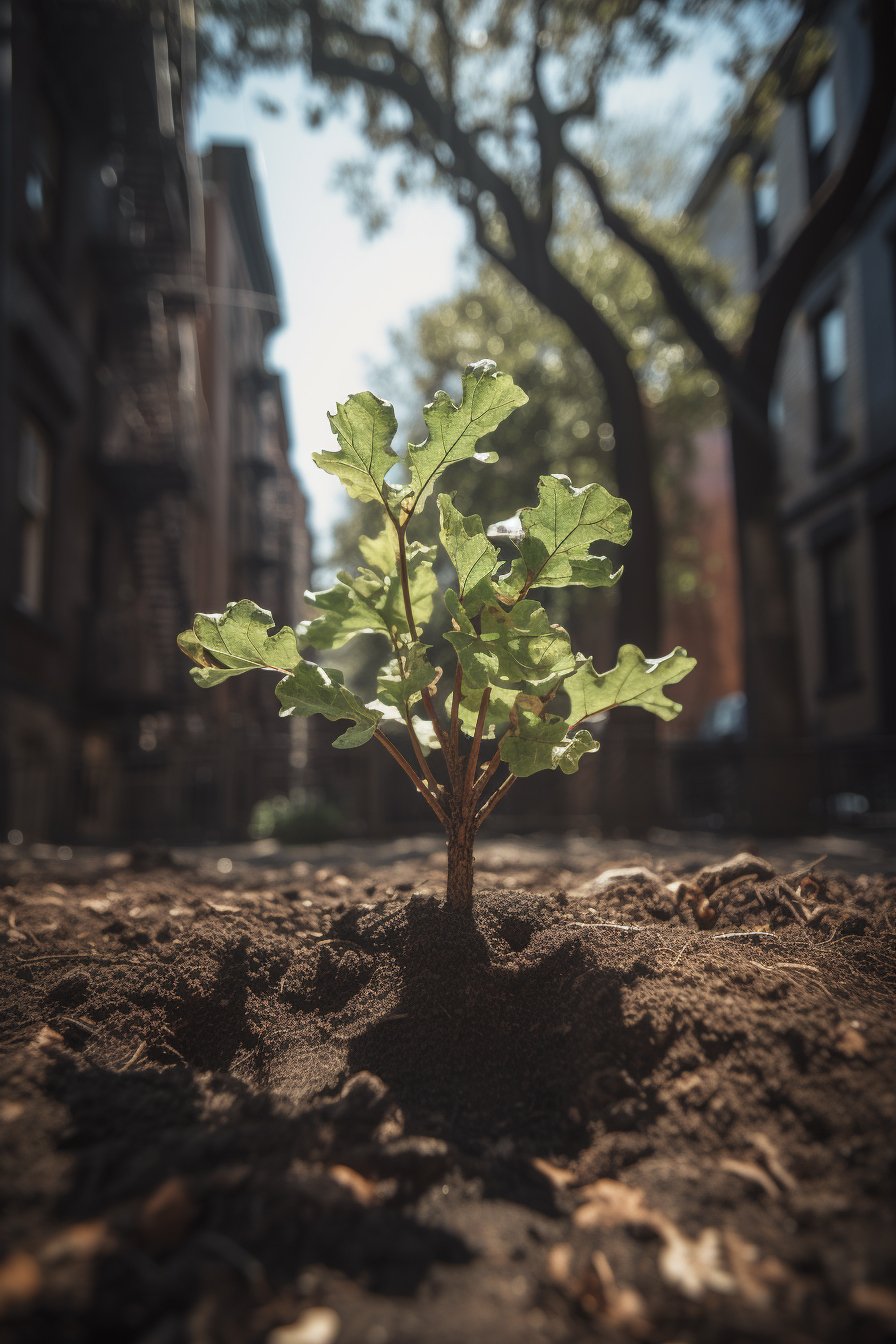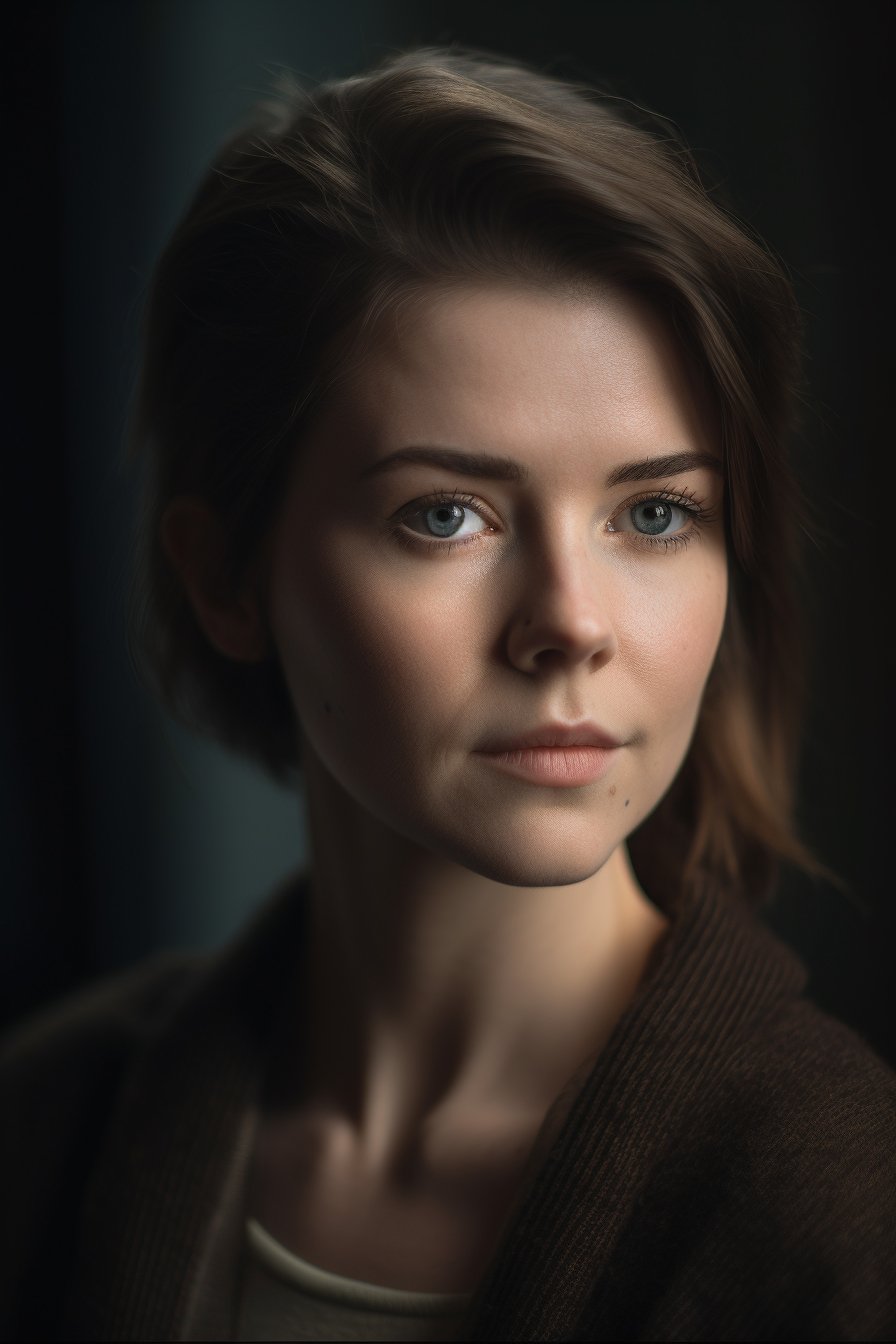-
In an era where the ubiquity of images is as omnipresent as the air we breathe, David Horvitz's project, Nostalgia, brings forth a paradoxical commentary on our visual culture. He performed a profound act of erasure, deleting images from his book live, leaving us only with the skeletal remains of titles and descriptions, a stark and provocative assertion on the overabundance of visual stimuli in our everyday life. This act of deletion, of intentional forgetting, stirred my curiosity and provoked me to embark on a journey of reclamation and reimagining.
I stand here, on the precipice of technology and human curiosity, with AI as my primary tool. The rapid evolution of artificial intelligence has engendered a paradigm shift in the way we create, perceive, and interact with images. AI is not only reviving forgotten forms of art and media but is also introducing novel methodologies to create and recreate. It's a dynamic force, imbuing the old with new meanings and giving life to the seemingly forgotten.
In response to Horvitz's act of deletion, I attempt to recover these lost images using AI, not merely as an homage, but as an exploratory venture into the capabilities of this burgeoning technology. Using his titles and descriptions, I aim to recreate the deleted images through AI prompts. This project, however, is not solely about the retrieval of lost images. It's about the exploration of AI as an artist, a painter of words, and a translator of human expressions. It's about giving AI the prose of titles and descriptions and seeing how it interprets and breathes life into them visually.
This project, thus, becomes a two-fold conversation. Firstly, it's a dialogue on the over-saturation of images in our contemporary society and how this influx often results in the deletion or forgetting of many. Secondly, it delves into the realm of AI-driven creativity, pushing the boundaries of how we define art and the artist.
By reconstructing the deleted images, I offer a resurrection of sorts, a second chance for these images to exist and to engage in a dialogue with the viewer. Yet, these AI-generated images are not mere copies but new entities altogether, each with its own uniqueness, born from the symbiosis of AI and human imagination.
In this age of AI-driven prompts, I see the titles and descriptions of Horvitz's work not merely as clues to what was lost but as seeds of creation for what can be born anew. And with each new image that AI creates, I hope to add another layer to this ongoing conversation about the relationship between technology, art, and memory in our increasingly digitized world.
“I stand here, on the precipice of technology and human curiosity, with AI as my primary tool. The rapid evolution of artificial intelligence has engendered a paradigm shift in the way we create, perceive, and interact with images. AI is not only reviving forgotten forms of art and media but is also introducing novel methodologies to create and recreate. It's a dynamic force, imbuing the old with new meanings and giving life to the seemingly forgotten.”
